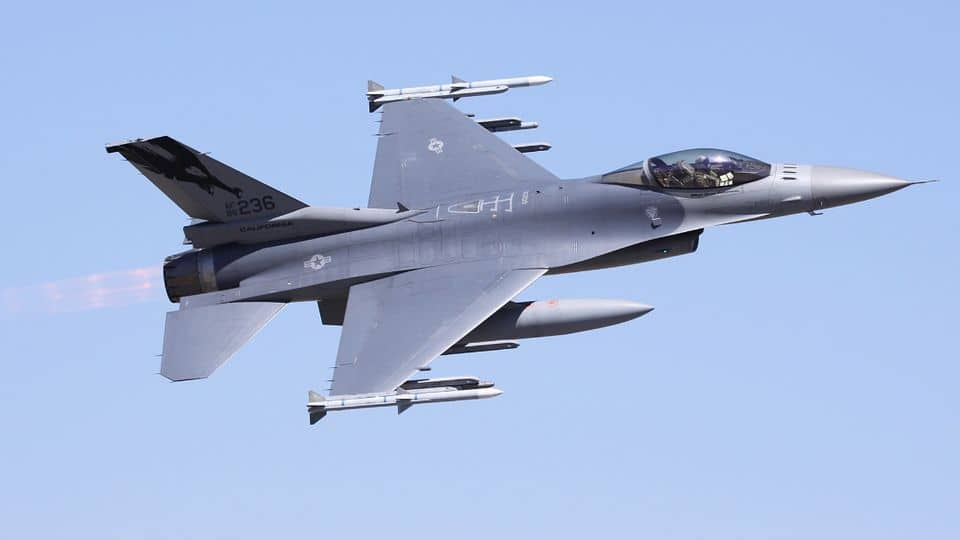
IAF: Government scraps single-engine fighter plan, here's why
What's the story
PM Modi-led NDA government has decided to scrap its plan to produce 114 single-engine aircrafts under the "Make in India" framework, at an estimated cost of Rs. 1.15Lcr. This step is apparently a result of the controversy surrounding the Rs. 58,000cr contract for 36 French Rafale jets. Congress has alleged that it's a "huge scam" and "procedures weren't followed." Here's more about it.
Former proposal
What had the government decided earlier?
Former defense minister Manohar Parrikar had advised IAF to consider the single-engine production line. The government could afford only 36 twin-engine Rafale jets for meeting immediate requirements. This restriction on single-engine fighters, limited the competition to two jets: American F-16 and Swedish Gripen-E. In anticipation, F-16 manufacturer Lockheed Martin collaborated with Tata and Gripen-E-manufacturer Saab tied-up with Adani to produce the fighters under MoD's "strategic partnership" policy.
Urgent requirements
Why does India need these fighters urgently?
Presently, the IAF is down to just 31 fighter squadrons, when at least 42 are required. The 36 Rafale-jets will be delivered in 2019-2022. Moreover, 10 existing squadrons of old MiG-21s and MiG-27s will retire in 2022. These have been dubbed "flying coffins/widow makers" due to regular crashes that often claim lives. Considering these, the number of squadrons might reduce to 16 by 2032.
New directions
Now, what has the government directed IAF to do?
MoD asked IAF to draw up new proposals considering both single-engine and twin-engine fighters. Allegedly, this is to increase contenders and avoid needless allegations later. IAF will probably not reach its sanctioned strength of 42 squadrons, as projected, in 2032. Thus, it is scrambling to finalize plans, where major hiccups with any competitor will be over government's requirement of technology transfer and industrial cooperation.
Do you know?
So, what's the difference between single-engine and twin-engine fighters?
The main difference, as the name suggests, is that twin-engine fighters are statistically safer than single-engine fighters because if one engine fails, there is a back-up engine. However, single-engines are typically favoured due to low procurement costs, easy maintenance and apparently better air-to-air performance.
Significance
What does this delay imply?
Obviously, the IAF won't be thrilled with this latest development as India continues to face "imminent threats" from its volatile neighbors: China and Pakistan. Moreover, the purchases become more important if the indigenous Tejas project suffers any more delays. Hindustan Aeronautics Limited expects to get a formal deal for 80 Tejas "modified" fighters in 2018-end, but apparently "it is yet to fly."